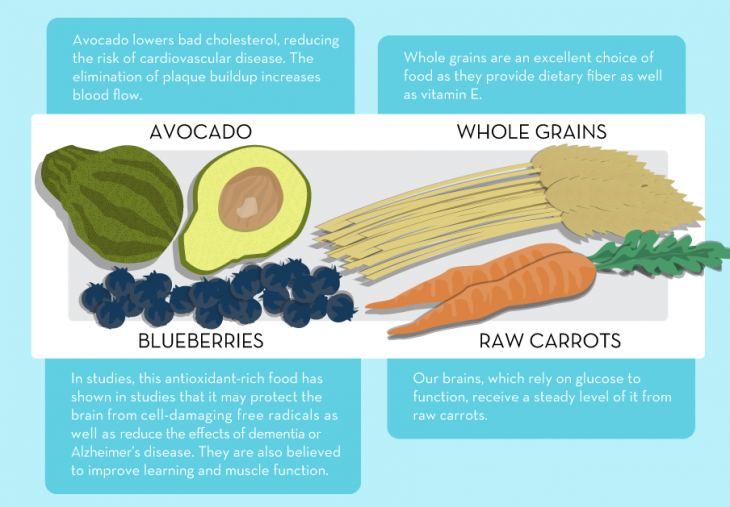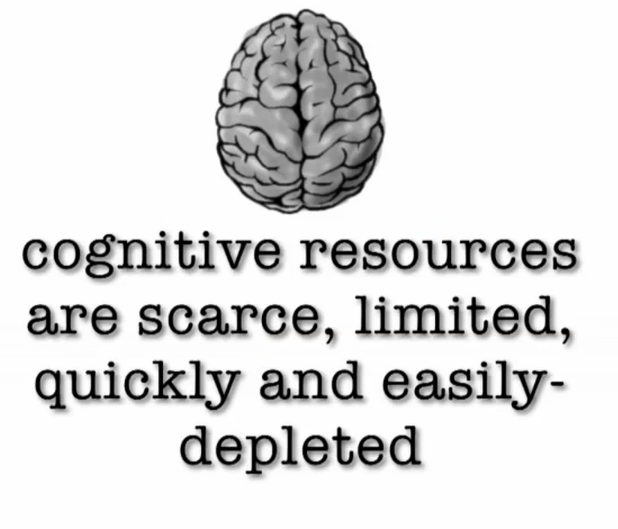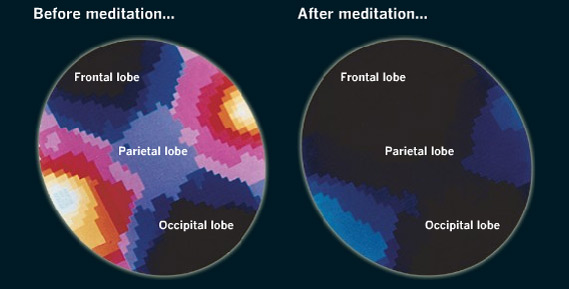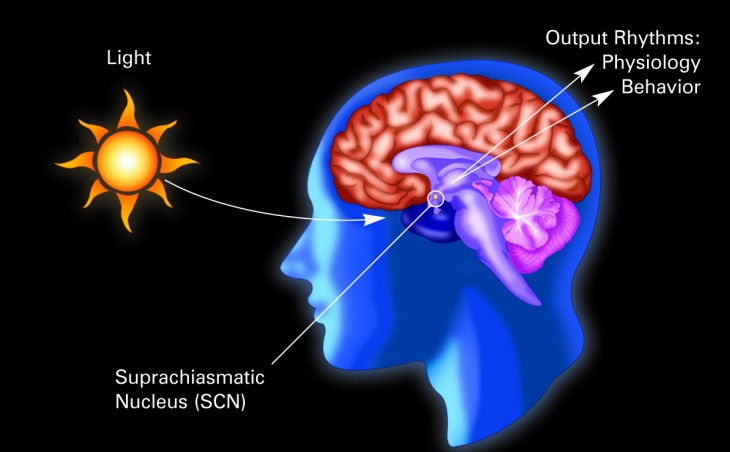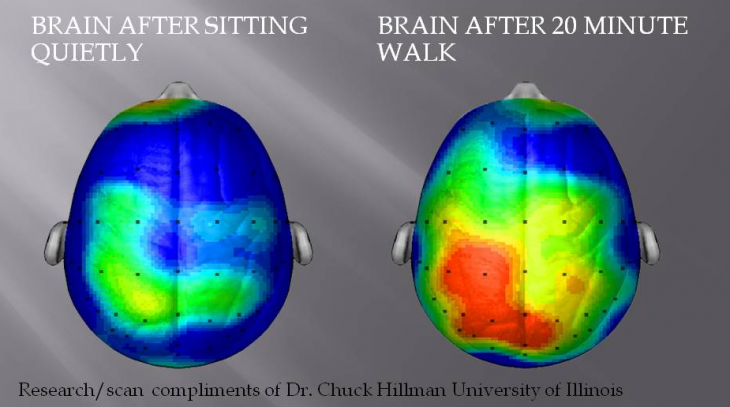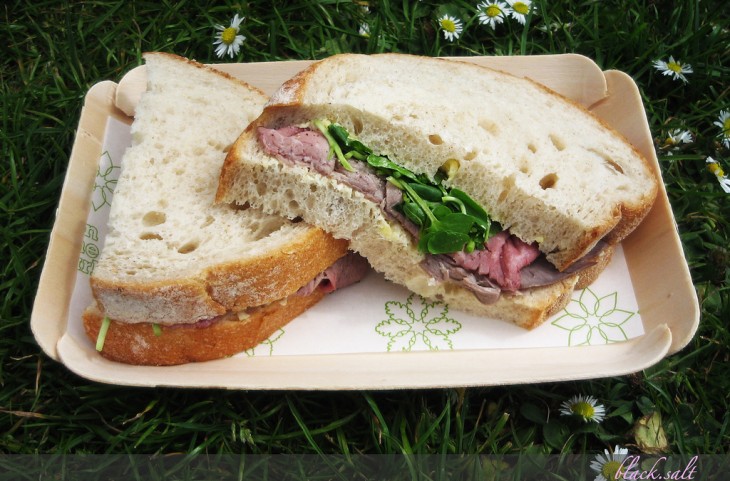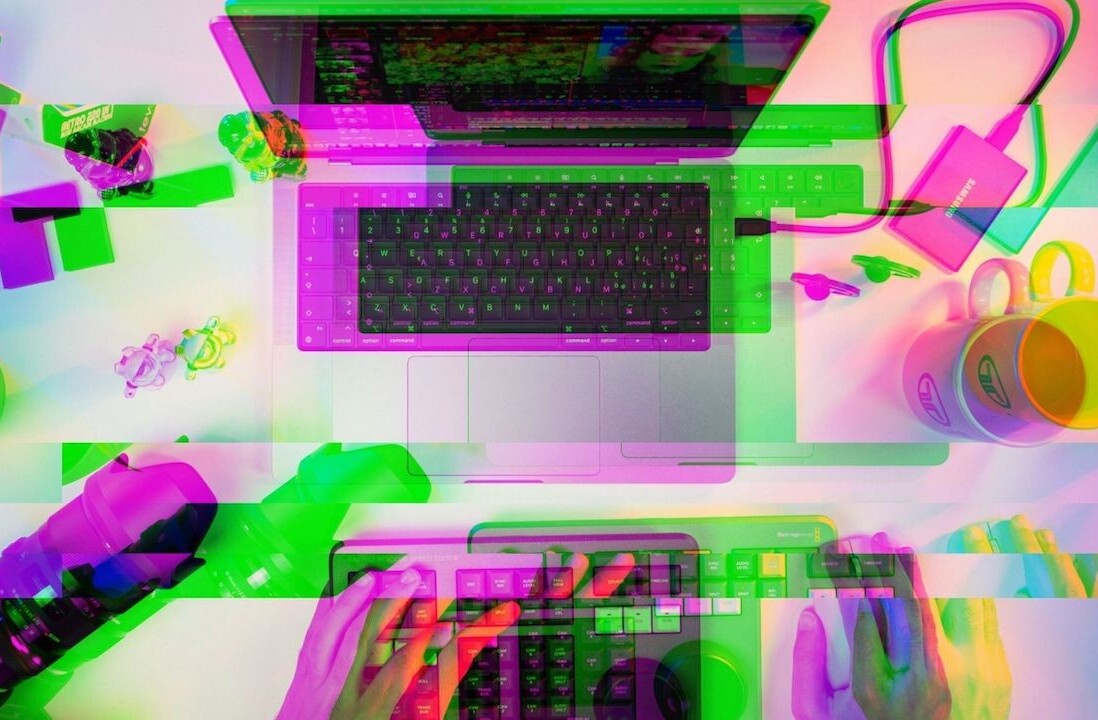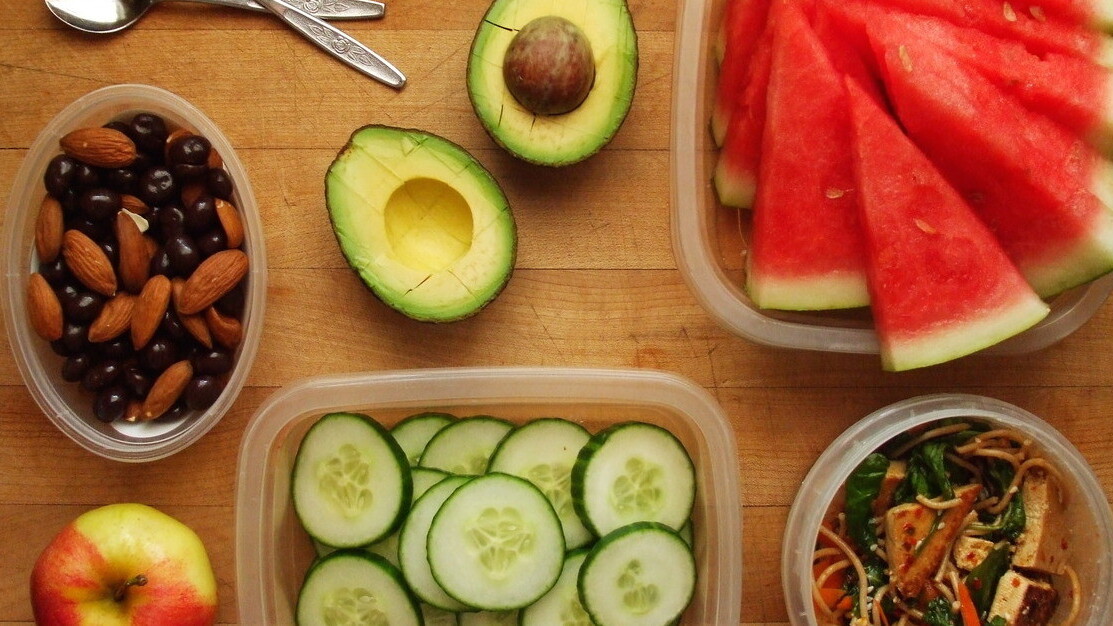
This post originally appeared on the Buffer blog and has been republished with permission.
I’ve noticed that the way I spend my lunch break affects how productive I am for the rest of the day: how quickly I get started once I get back to my desk, how effective I am in the first hour after lunch, and how I feel throughout the afternoon.
Luckily, we’ve been writing about ways to improve your day for a while now: from tips on making your environment more conducive to creativity to pushing through writer’s block.
Why shouldn’t the humble lunch break get the same treatment? I gathered the most interesting research on how we can improve our afternoon productivity by making careful use of that oh-so-important lunch hour. Here are 8 ways to maximize your lunch break, proven by science.
1. Eat! (The right foods for better brain function)
OK, this one might seem obvious. But even if you’re trying to lose weight or run errands on your lunch break, don’t skip on eating a midday meal – or at least a snack. Your nutrition – particularly your glucose intake – will decide your productivity for the rest of the day.
Here is a great list of brain-powering foods to focus on:
(Want to eat healthier? Just eat one piece of fruit, and you’ll often find yourself inspired to make a healthy salad as well.)
2. Take a real break for greater concentration
Of all the ways to use your lunch break to set yourself up for a great afternoon, the most important might be, well, actually taking a break.
In many industries, lunch breaks are getting shorter and shorter – or even nonexistent. These days, only one in five office workers reports taking an actual lunch break away from their desk, according to a survey by workplace consulting group Right Management.
Yet taking a break – even for 15 to 20 minutes – is a proven way to sustain concentration and energy levels throughout the day.
All the little tasks and decision we have to make every day as we work gradually deplete our psychological resources.
Taking a lunch break – or even multiple short breaks throughout the day – provide an opportunity for our brains to recuperate.
“Never taking a break from very careful thought work actually reduces your ability to be creative,”says Kimberly Elsbach, a management professor at UC-Davis who studies the psychology of the workplace. It sort of exhausts your cognitive capacity and you’re not able to make the creative connections you can if your brain is more rested.
“If you’re skipping lunch to continue to push forward in a very intense cognitive capacity, then you’re probably not doing yourself any favors.”
3. Get a dose of mindfulness: Do nothing but eat
We’ve talked before on the blog about the power of meditation, but you don’t need a long time or a mat to get started – even sitting quietly and focusing on your lunch can be a small act of mindfulness.
Here’s how one of Buffer’s resident meditators, COO Leo Widrich, puts it:
“It seems such a fitting experience to watch TV, work, read or do anything else but solely focusing on eating when we eat. Funnily enough, it almost appears to be a waste of time if we ‘just eat.’ But the latest research on multitasking reveals the exact opposite. Solely focusing on eating doesn’t just help you digest your food better, it also makes you a more efficient worker for any other tasks.”
Even a few minutes of mindfulness can make a difference.
A study in the Journal of Occupational and Organizational Psychology found that assigning call-center workers 20-minute “progressive relaxation” breaks, in which they participated in meditation-like activities, reduced their stress in the afternoon, compared to another group of workers who engaged in small talk with co-workers for 20 minutes.
The relaxation technique had a positive impact on blood pressure, sleep quality and more.
4. Take a nap to improve your memory
If you’ve been following the Buffer blog for a while, you’re probably sick of hearing me tout the benefits of napping. Here I go again, though, including napping in this post for an important reason: we’re naturally designed to have a second short sleep in the afternoon.
Our internal body clocks help us to regulate processes like sleeping into a regular cycle. The body clock is a group of cells called the Suprachiasmatic Nucleus, which are made up of specific “body clock” genes. These turn on and off to tell our body when to do certain things, like getting sleepy.
All of this is going on inside us all the time, but the important thing to know about our body clocks is that we have a natural dip in energy in the afternoon: right around 2 pm. This means if you’re having a late lunch break, that’s a perfect time to grab a quick nap.
Post-nap, (assuming you sleep for a maximum of around 20 minutes, so you avoid that dreaded post-sleep grogginess called sleep inertia), you’ll have more room in your working memory for new information, since sleeping helps to clear out that holding area of any information picked up during the day. While a lot of it gets tossed out, anything important gets moved to long-term memory, so your memory performance should also improve after a nap.
5. Work out — the afternoon is the best time for exercise
Another thing determined by our body clocks is the best time to work out. You’ll want a late lunch break to fit this one in as well: physical performance is generally highest, and the risk of injury lowest, from 3-6pm. Plus, from 2-6pm, muscle strength is at its peak, and even your lungs perform better in the late afternoon than at midday.
Even a couple of hours after midday your performance will be better than in the morning. For runners, cyclists and other endurance athletes, the morning is the worst performance time all day, so going for a run at lunch is a better option than an early morning jog.
Of course, exercise has lots of benefits, including reducing stress, improving mood and increasing confidence and self-esteem. And another study showed that exercising can make you feel better about your body, even when you don’t see any physical changes.
If finding time for a workout during your lunch break seems impossible, give the scientific seven-minute workout a try. It really does take just seven minutes, but it’s high-intensity so you’ll still feel it.
6. Spend time in nature to refresh your attention span
To come back refreshed after a lunch break, spend some time in nature.
Studies have shown that a walk in a quiet park is sufficient to refresh our attention spans so we can return to work with renewed focus. (A walk down a city street, on the other hand, was found to require so much attention to complete that it didn’t let the brain relax fully.)
If you’re lucky enough to work close to green, natural spaces, you may notice long-term effects, as well. Research has found that people living in greener urban areas display fewer signs of depression or anxiety, and the low stress levels lasted over a sustained period.
7. Move to a café after lunch for improved creativity
There are a couple of reasons working from a café could be a good change for your afternoon work period. Firstly, the ambient sound of a café has been shown to be the most beneficial sound level for creativity. Moderate noise levels, unlike silence or a noisy environment, increase processing difficulty just enough to push us out of our comfort zones and into more creative thinking.
In fact, there are a few tools to bring that ambient café sound to your headphones, wherever you are:
The second benefit of working from a café after lunch is the change of location to renew your focus. I recently wrote about a process called “Workstation Popcorn.” The idea is to plan your workday in blocks, spending each block of time at a new café or workspace.
The new location can help you to knuckle down on your to do list more quickly than if you’re distracted by the tedium of the same old workspace all day.
8. Post to social media
One last thing that the lunch break is perfect for? Social media. Studies on the best times to post on social media often show a spike in click-through rate around lunchtime on weekdays as office workers click around to find something to occupy them while they eat.
For example, this study from KISSMetrics shows the best times to tweet as around noon and 6pm.
Similarly, noon–2 p.m. sees a spike in popularity in news and magazine email updates, according to some research done by Dan Zarrella from Hubspot. A dead zone follows from 2–3 p.m. as lots of workers buckle down and ignore their inbox.
(How are you supposed to tweet while you meditate, nap or take a walk, you ask? That’s pretty much why we created Buffer!)
How do you make the most of your lunch break? Let us know in the comments.
Related: How to use your body’s circadian rhythm as a recipe for productivity and Listen while you work: What music does to your brain
Get the TNW newsletter
Get the most important tech news in your inbox each week.

